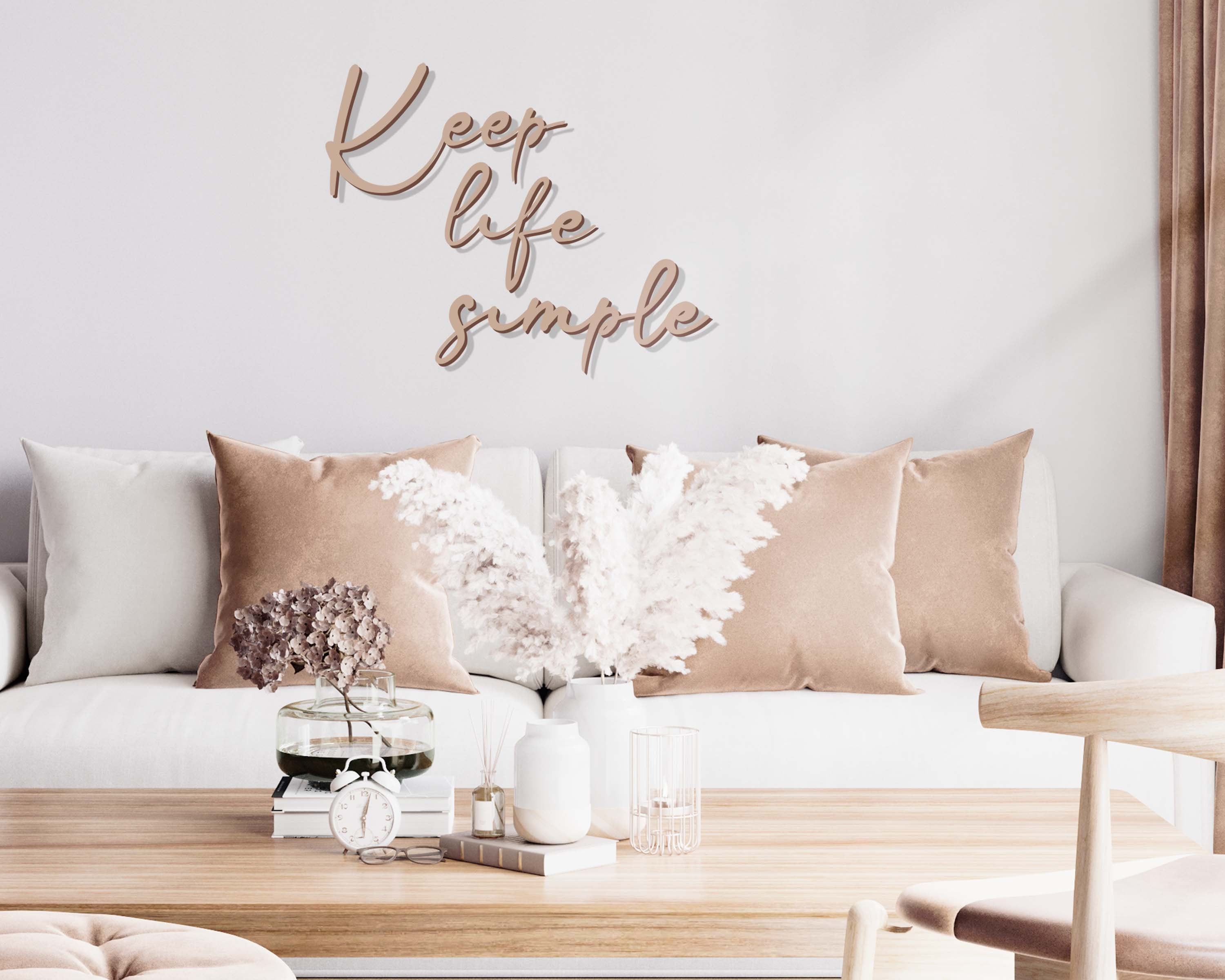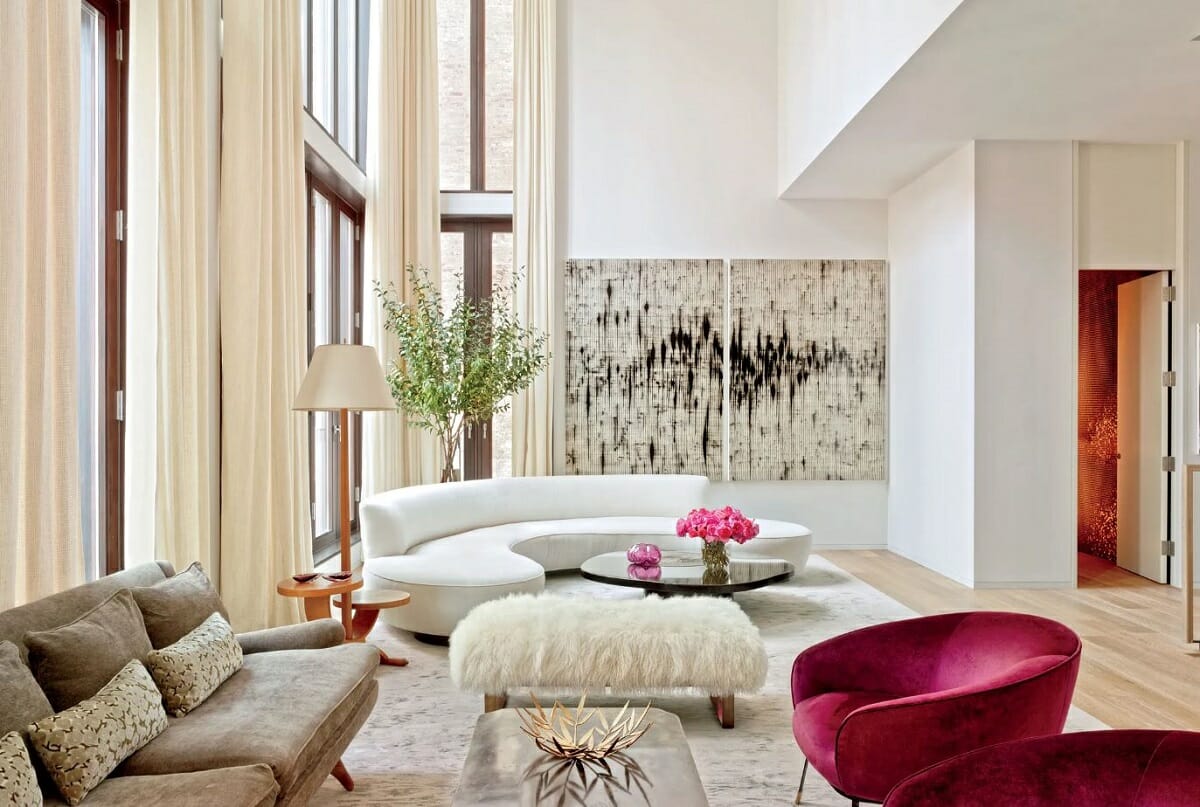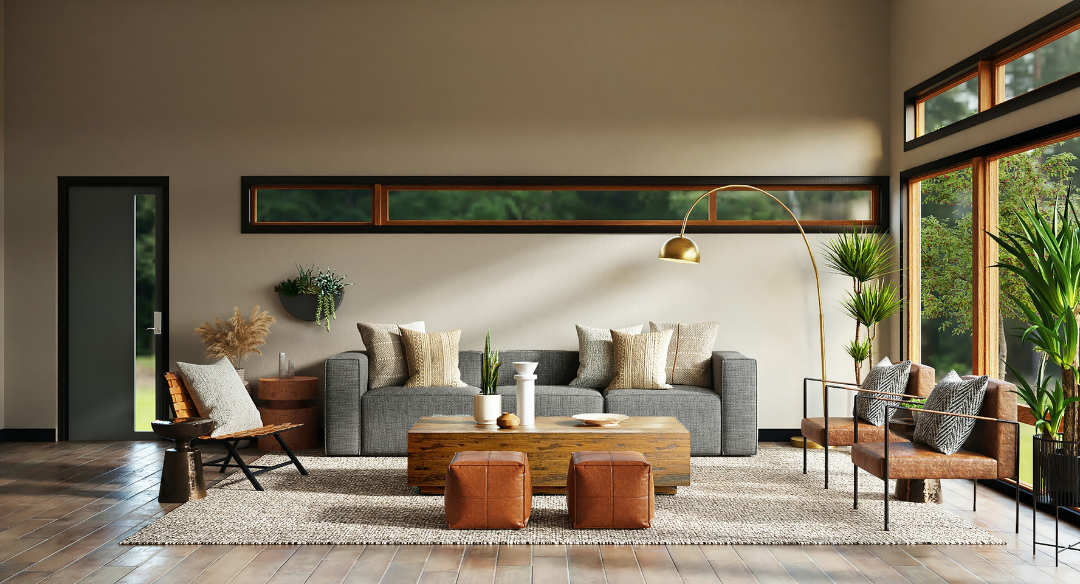Master the Art of Layering Textures in Home Decoration for a Cozy Atmosphere
The capability to efficiently layer appearances within home decor is a nuanced skill that significantly adds to a cozy and inviting environment. The option of complementary textures, from soft materials to all-natural aspects, is important in attaining this equilibrium.

Recognizing Texture Fundamentals
When it comes to home decor, comprehending the principles of texture is important for creating a harmonious and inviting area. Structure refers to the tactile quality of surface areas and can dramatically affect the overall visual and feel of a space.

Selecting the Right Materials
Choosing the appropriate materials is critical in accomplishing a well-layered appearance in home design. The selection of products not only affects the overall aesthetic however additionally affects the convenience and functionality of the area. When taking into consideration textures, focus on all-natural fibers such as cotton, silk, woollen, and linen, which supply warmth and a responsive top quality that artificial products frequently do not have.
For furniture, choose resilient materials that can stand up to wear while preserving their appearance. Velour and chenille can include glamorous deepness, while canvas and jeans offer an even more informal feeling. Including stone, steel, or timber can improve the tactile comparison, supplying a based, natural element to your decor.
Additionally, think about the weight and drape of textiles when selecting curtains or tosses. Larger products can develop a comfy, wrapping up ambience, while lighter alternatives can preserve an airy feeling. Accessories like cushions and rugs can present different appearances and patterns, improving the general split effect. Eventually, the best material options will certainly harmonize with your layout vision, creating a space that feels welcoming and cohesive. Carefully curating these elements will significantly add to the setting of your home.
Layering Techniques for Depth
Effective layering strategies are necessary for creating depth in home decor, changing a flat room into one that really feels rich and inviting. To achieve this, begin by including different appearances that contrast yet enhance each other. Juxtapose smooth surfaces like glass or steel with softer products such as wool or linen. This develops aesthetic interest and responsive diversity.
Next, think about using rugs. Layering rugs can efficiently define areas within an area, including heat and measurement. A bigger, neutral rug can serve as a base, while a smaller sized, formed carpet includes centerpieces. Similarly, tactically placing throw cushions with differing appearances and dimensions on couches or beds can boost depth and comfort.
Furthermore, incorporate architectural elements such as racks or mounted artwork to produce upright layers. This not only draws the eye upwards however additionally gives possibilities to present additional textures with attractive things presented on the racks.
Shade Sychronisation and Structure
In the realm of home style, achieving harmony between color and appearance is essential for establishing a cohesive and welcoming atmosphere. When thoughtfully coordinated, shade and structure can raise the aesthetic allure of an area, producing depth and rate of interest.

Following, concentrate on appearance. Soft textiles like velvet or linen juxtaposed with hard products such as wood or steel produce a vibrant interplay. For instance, a deluxe velour couch combined with a smooth, metal coffee table introduces a tactile comparison that invites touch and expedition.
Moreover, layering different appearances-- like a woven carpet under a smooth table-- can even more enrich the area. Bear in mind to maintain a cohesive look by restricting the number of structures and shades, which helps protect against visual turmoil. By understanding the art of color coordination and appearance, you can produce a setting that really feels both harmonious and welcoming.
Seasonal Structure Transitions
As the periods change, so too ought to the structures within your home to mirror the progressing ambience and state of mind. Transitioning your style from one season to an additional can create a sense of freshness and comfort, improving your space's overall charm.
In spring and summertime, accept lighter materials such as bed linen and cotton. These try these out materials advertise a windy feeling and can be boosted with dynamic patterns or subtle structures like embroidered details. Incorporate airy toss cushions and lightweight coverings to preserve a feeling of leisure.
As fall approaches, consider introducing warmth through richer textures. Woollen, velour, useful site and much heavier knits can supply convenience and comfort. Go with earthy tones and layered fabrics like beefy knit tosses or luxurious velvets to create an inviting setting.
Wintertime requires an even extra indulgent approach. Incorporate split structures with synthetic fur, thick woollen, and deluxe materials - Home decor. These elements not just add depth to your design however likewise invite heat during chillier months
Conclusion
In verdict, grasping the art of layering textures in home style substantially contributes to creating a cozy ambience. By recognizing appearance fundamentals, selecting ideal products, utilizing effective layering strategies, and collaborating shades, an unified and inviting room can be accomplished. In addition, adapting appearances seasonally improves the total aesthetic and convenience of the home. This thoughtful method not just improves the visual allure however additionally fosters a setting helpful to relaxation and wellness.
The ability to successfully layer textures within home style is a nuanced ability that considerably adds to a cozy and inviting environment.When it comes to home decoration, recognizing the fundamentals of structure is crucial for creating an unified and inviting space. By grasping the fundamentals of appearance, you lay the groundwork for even more sophisticated layering methods, leading additional resources to a well-curated and welcoming home style scheme.
Picking the appropriate products is essential in accomplishing a well-layered structure in home style.In final thought, understanding the art of layering appearances in home style considerably adds to creating a comfortable atmosphere.
Comments on “The Ultimate Guide to Sustainable Home Decor for Eco-Conscious Living”